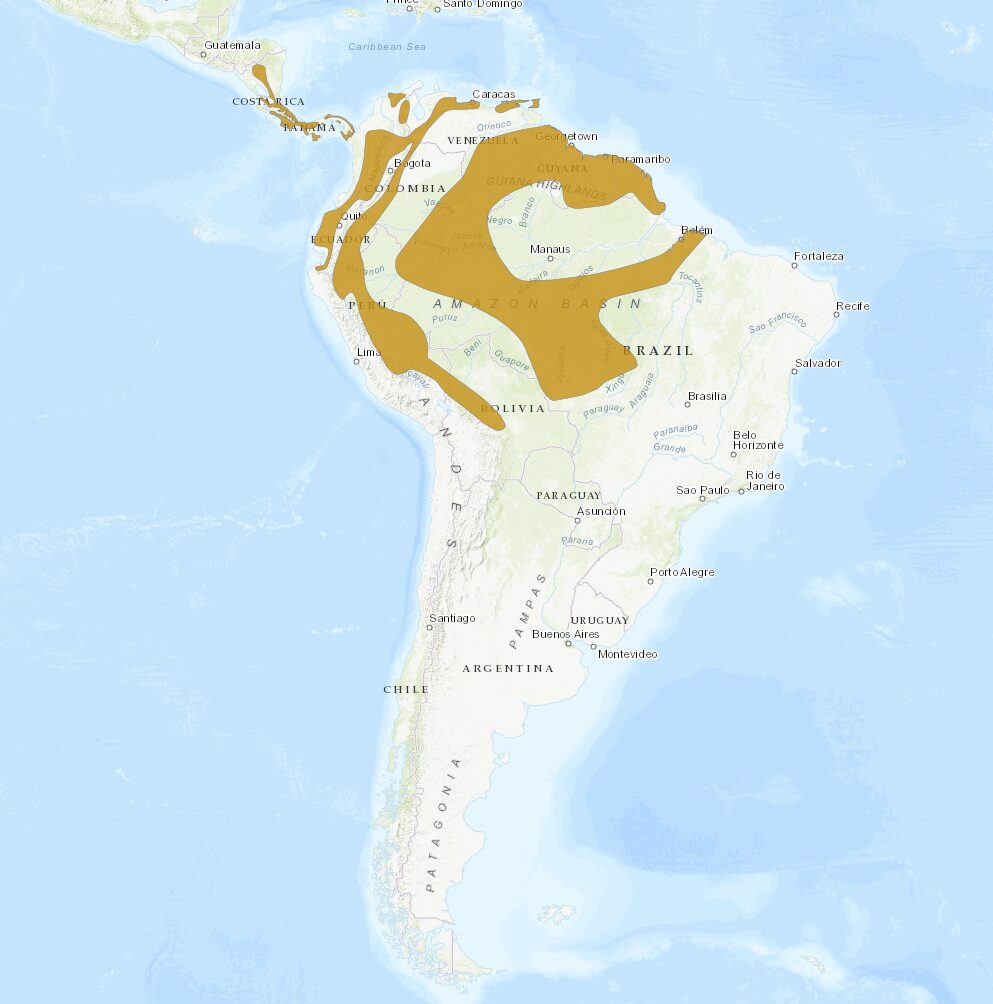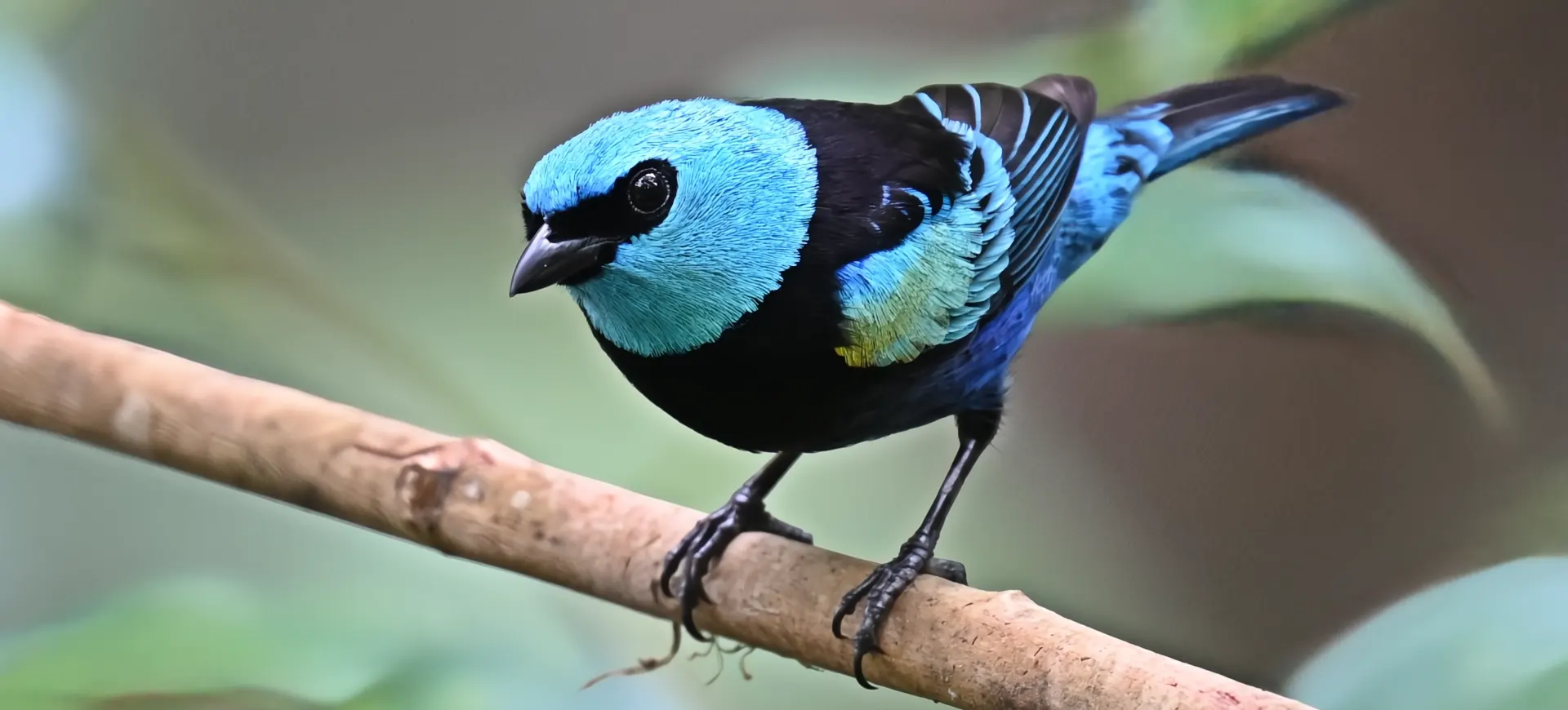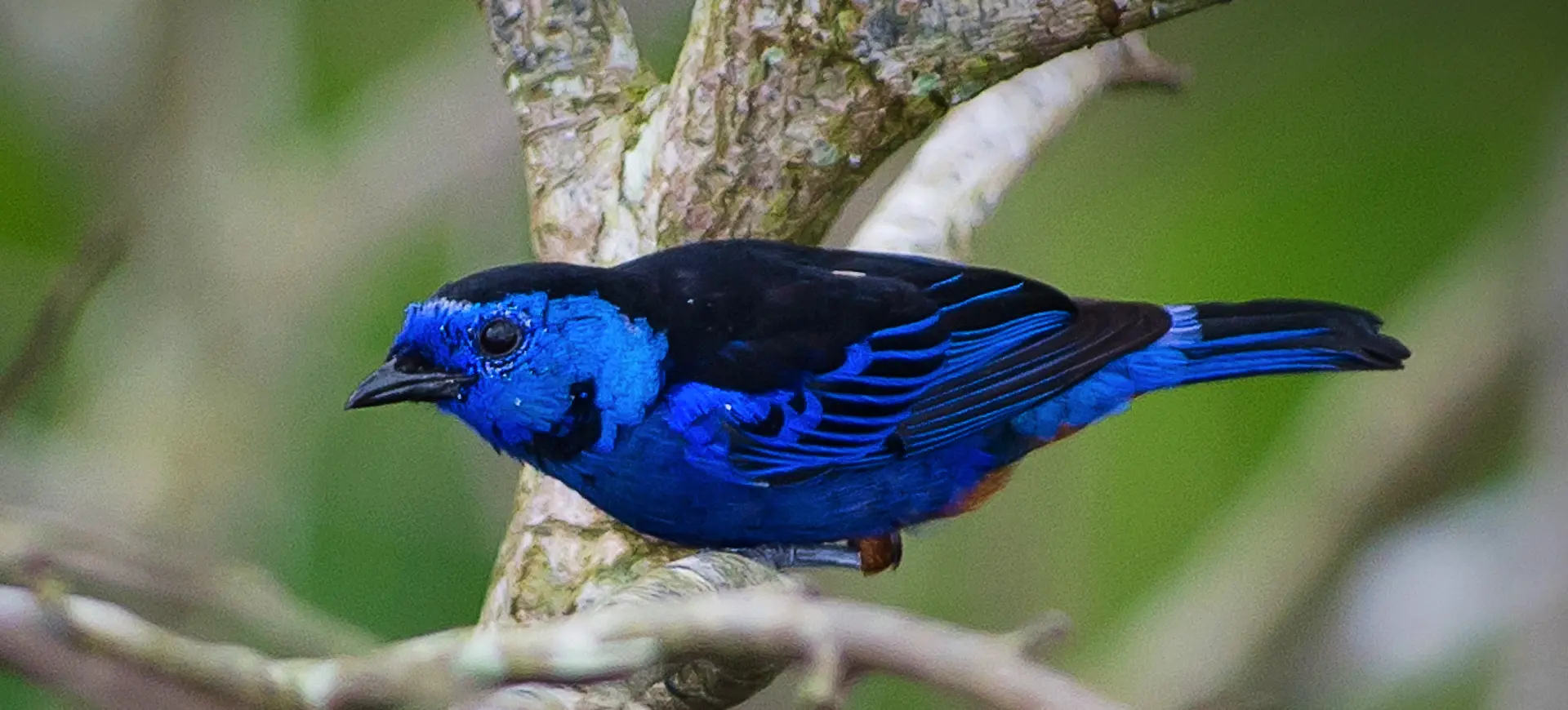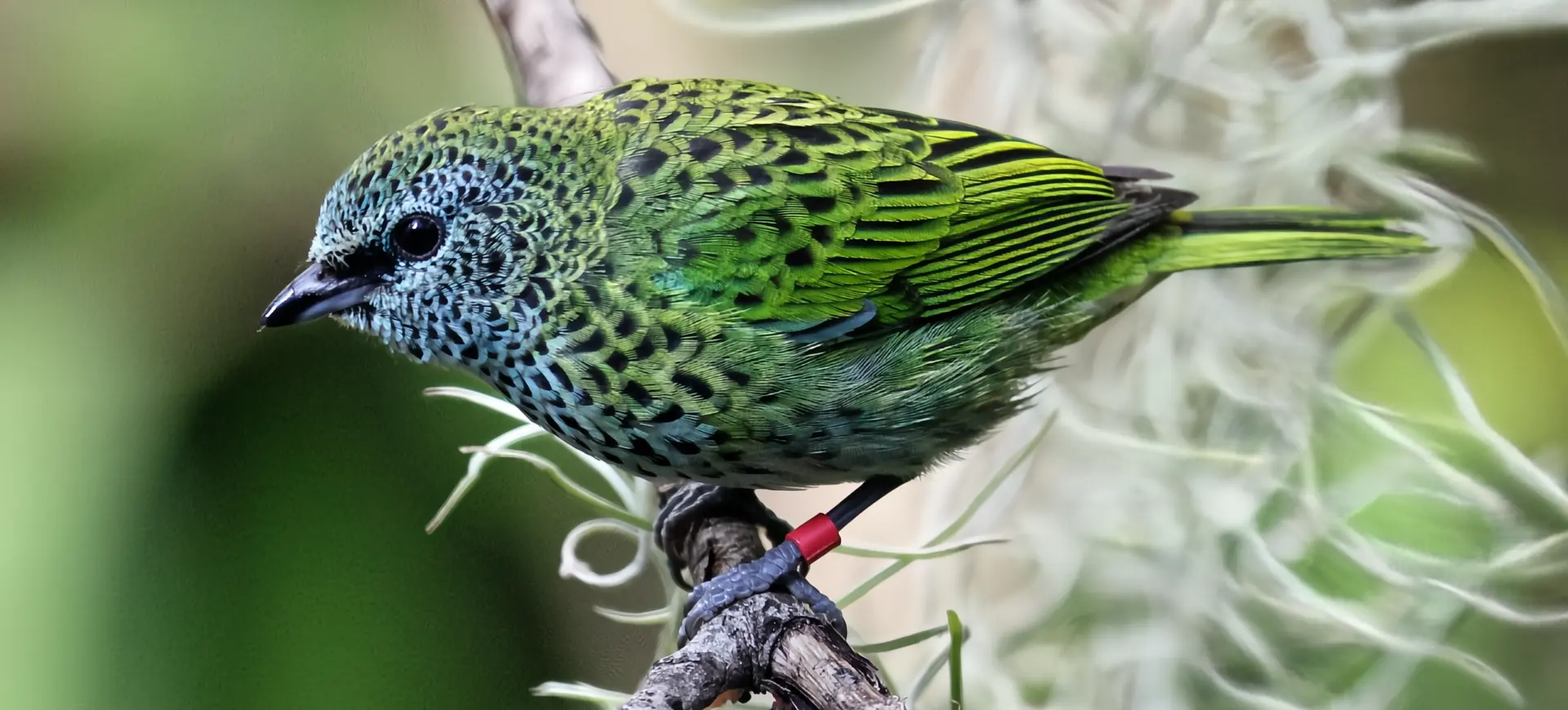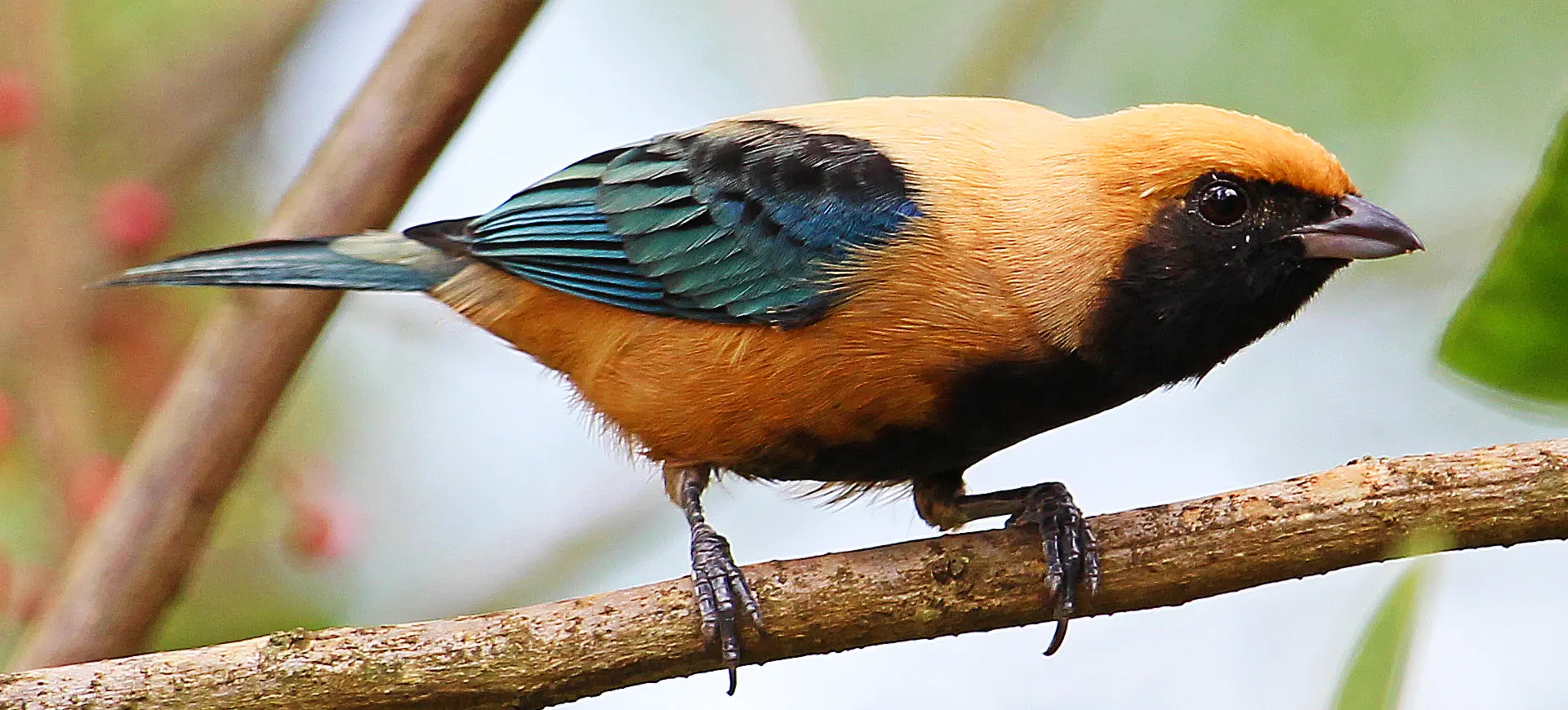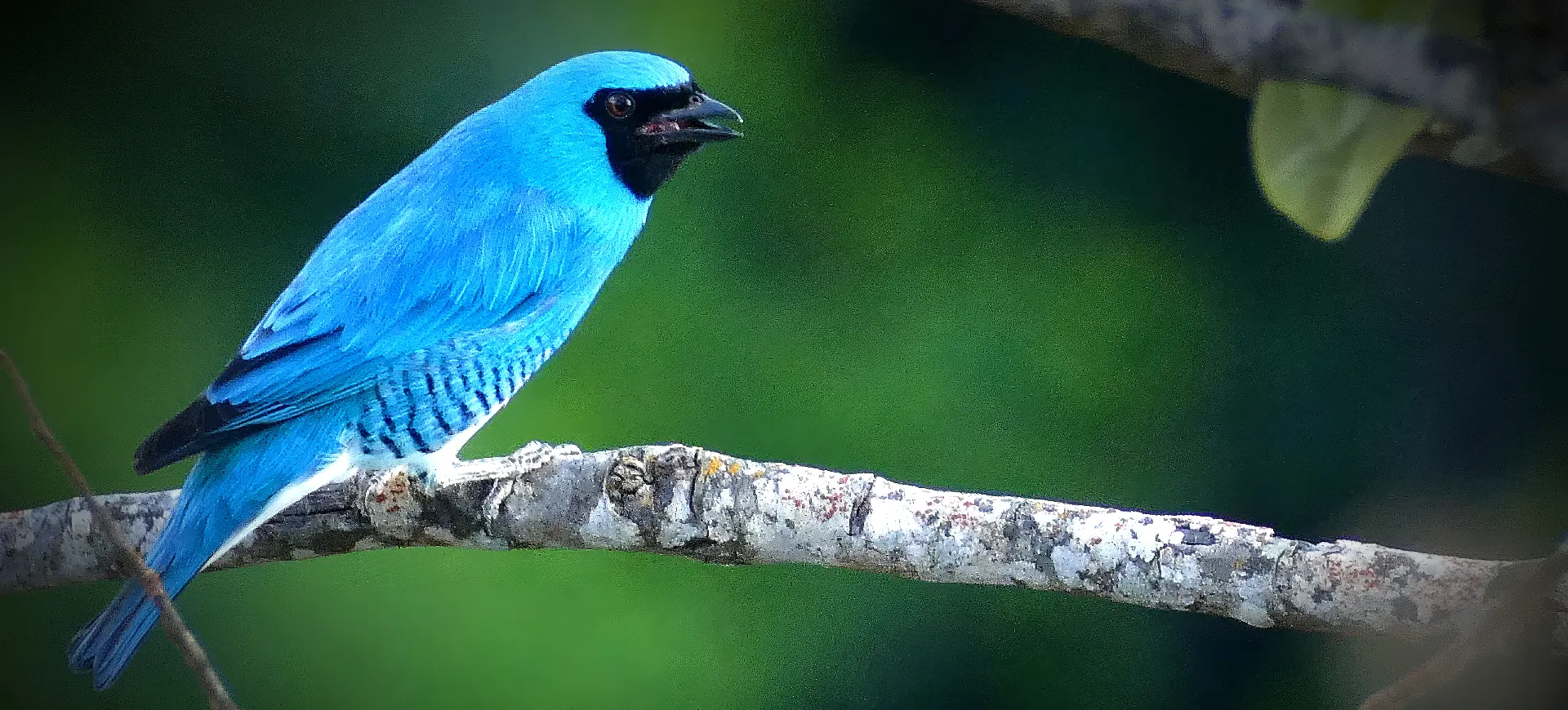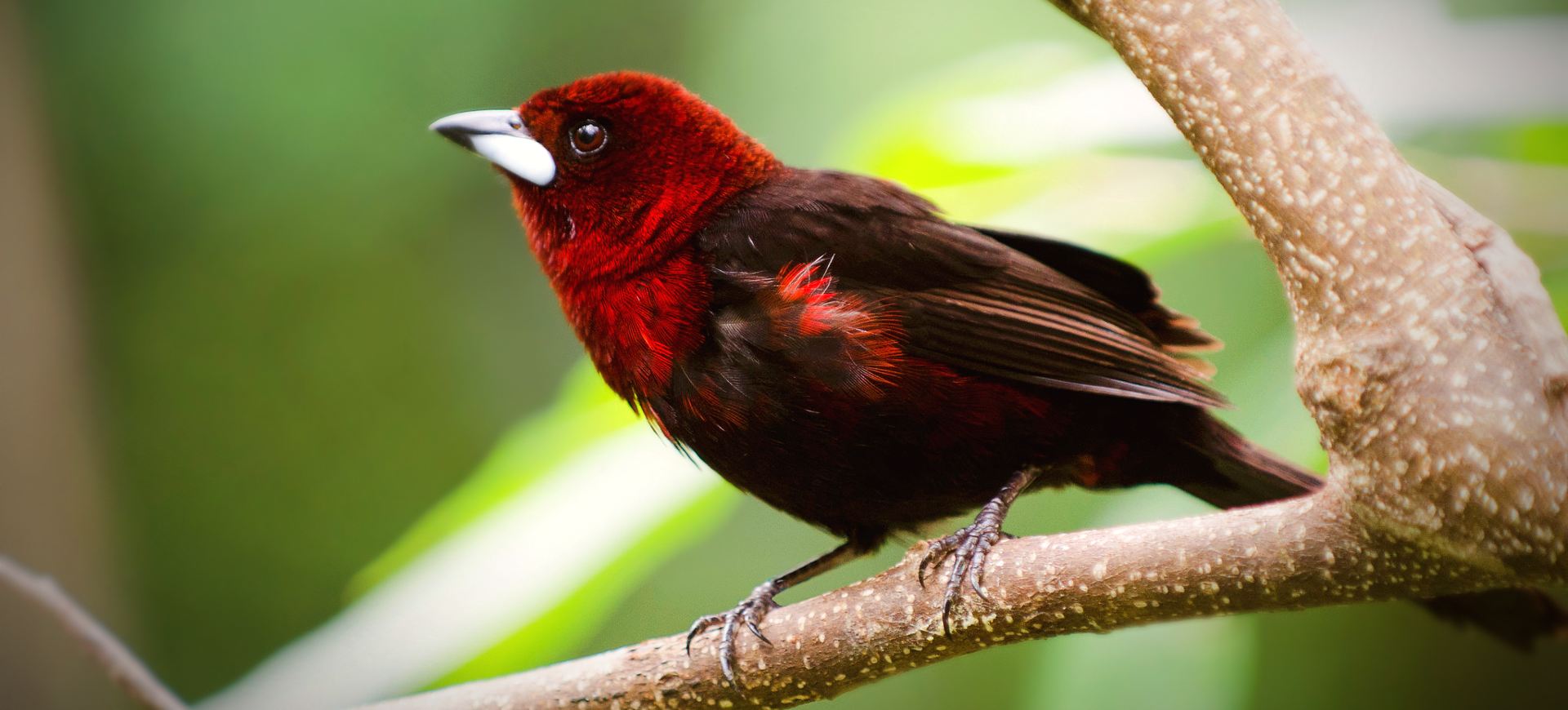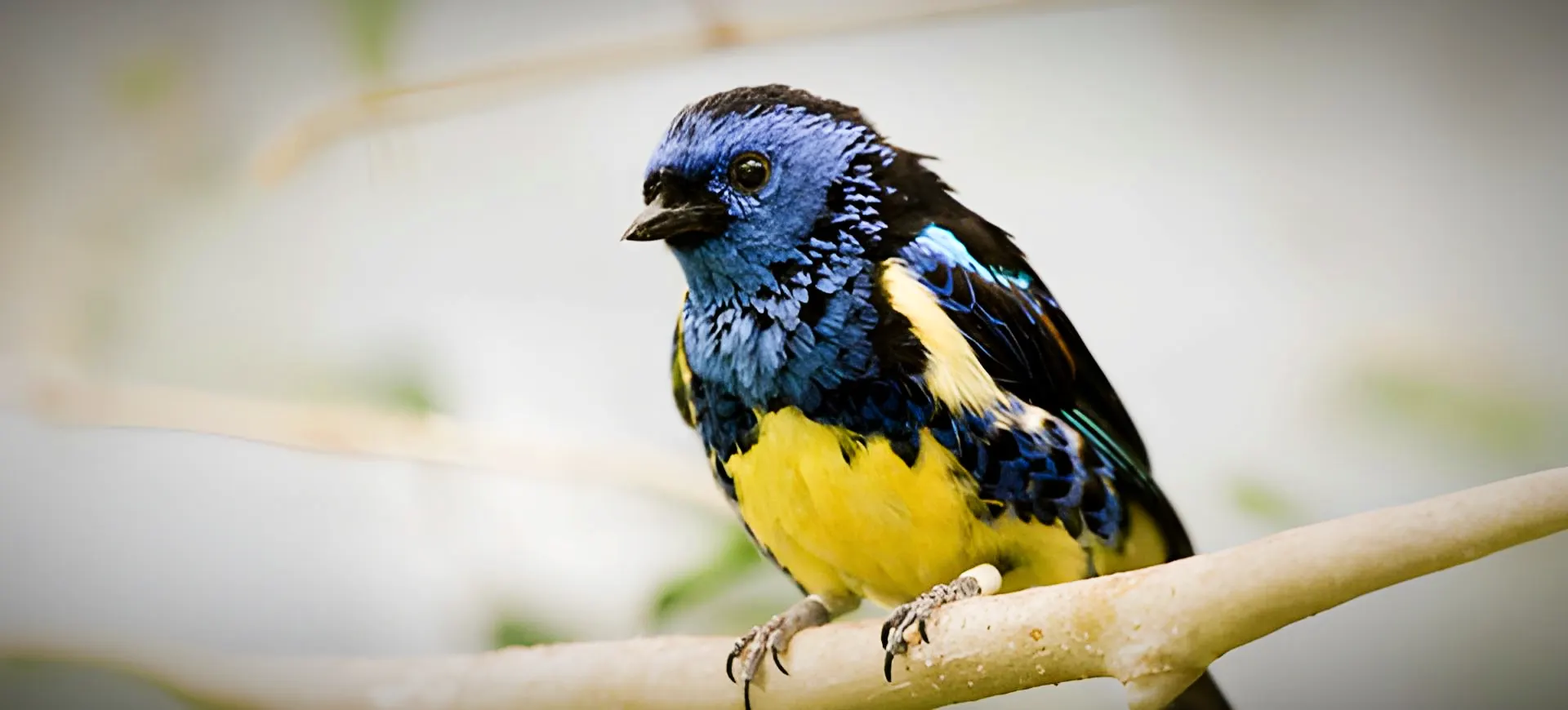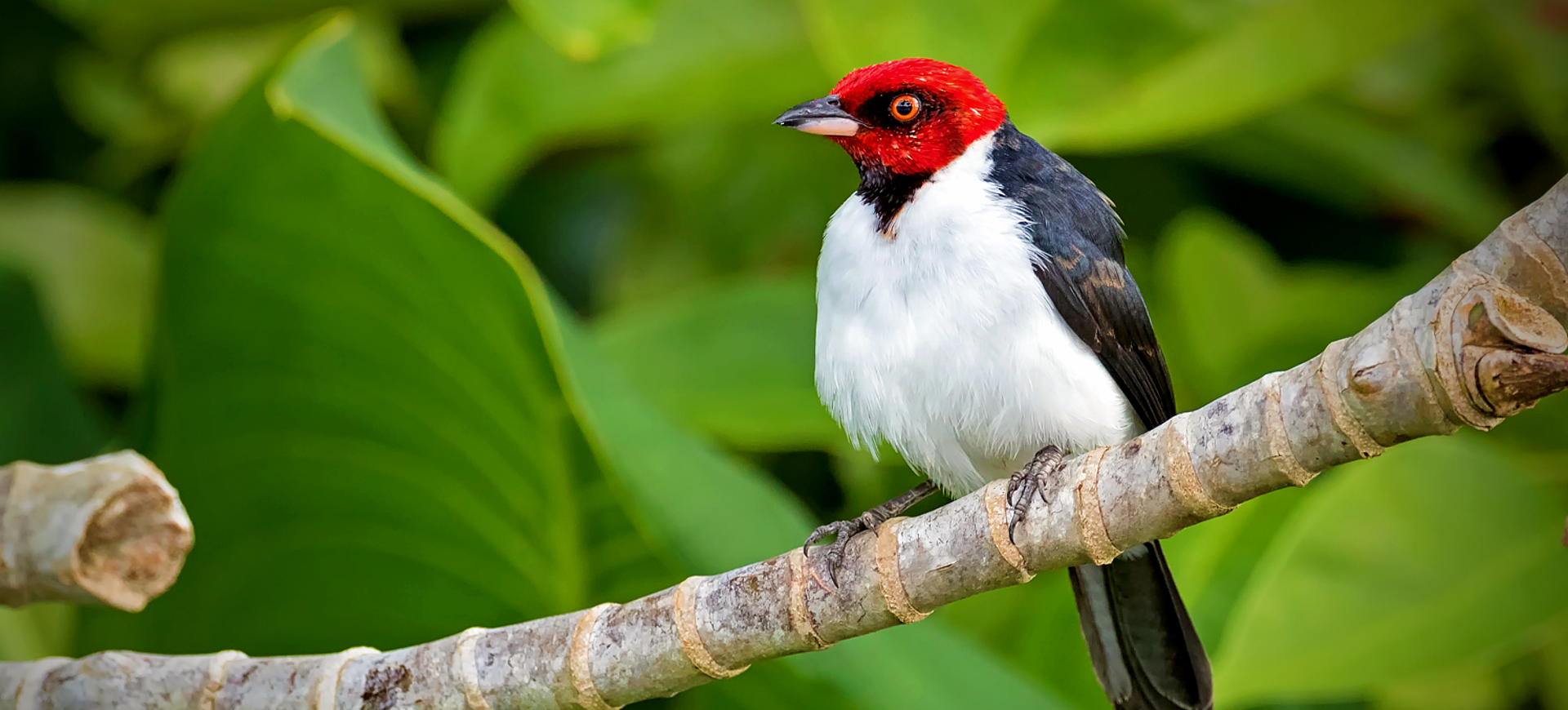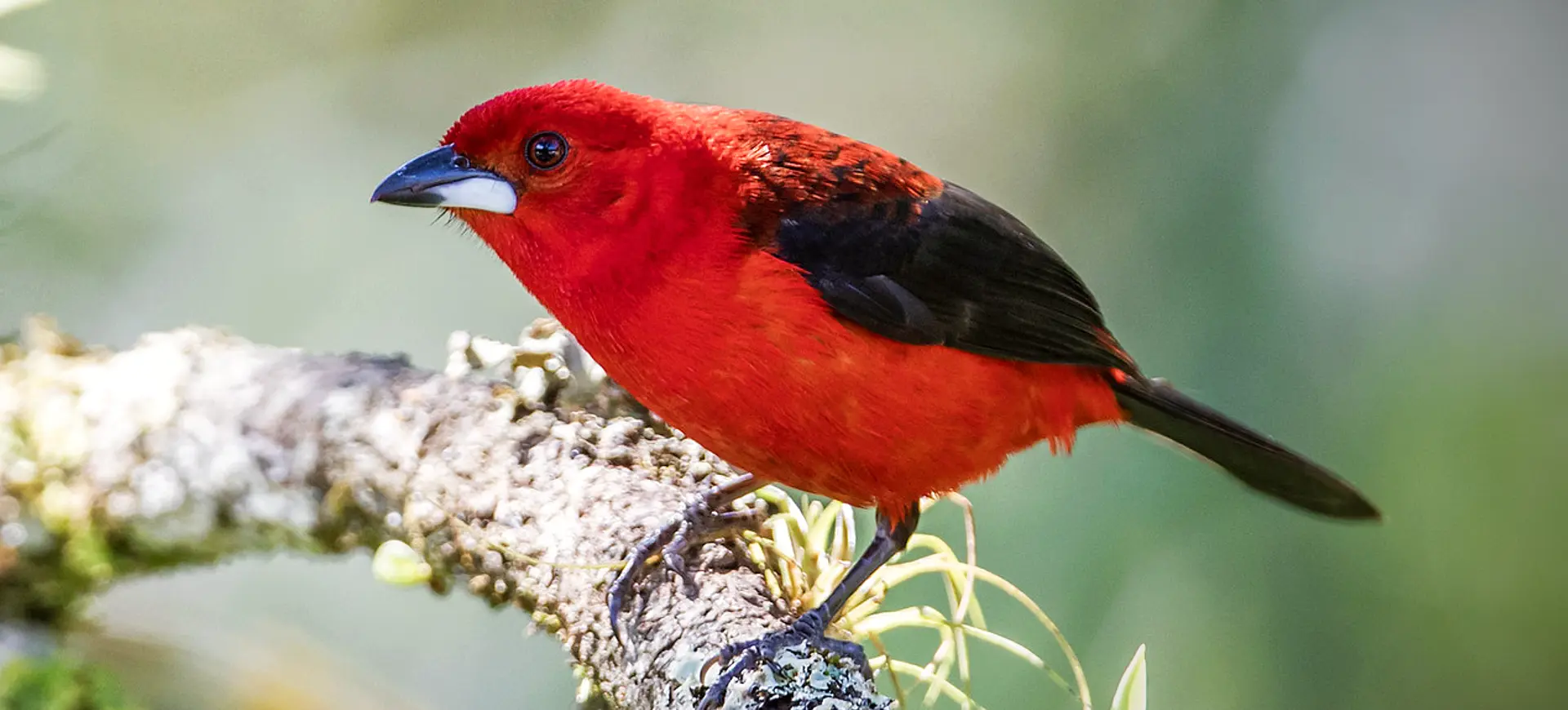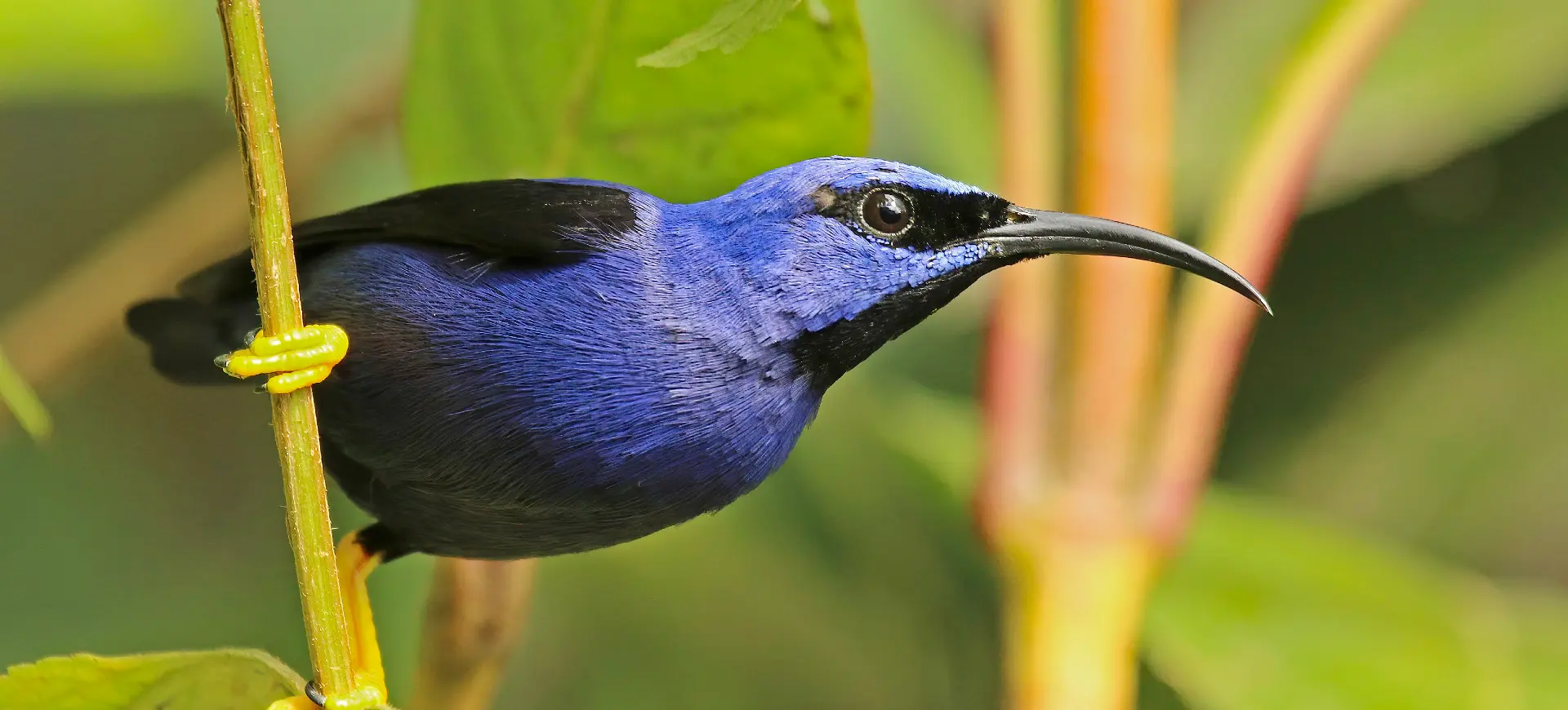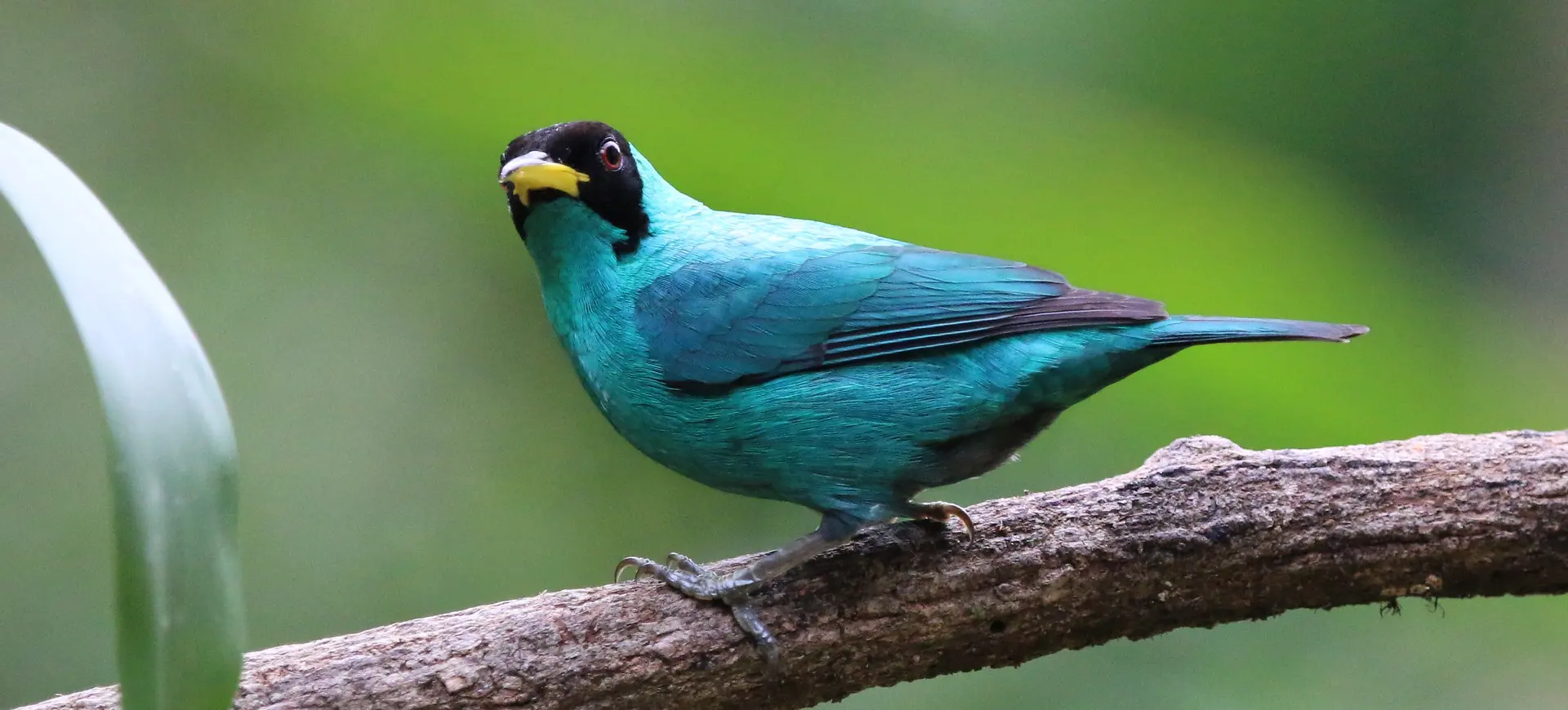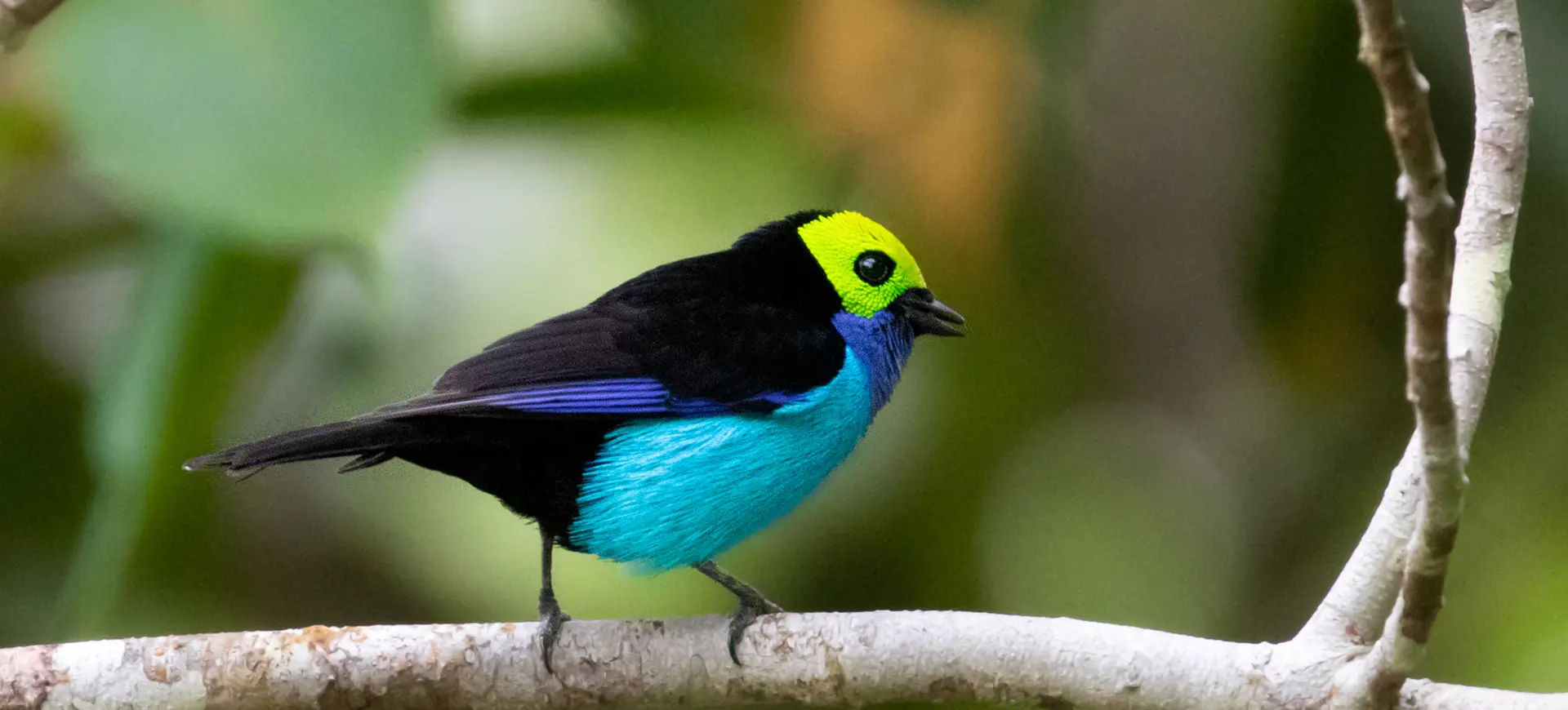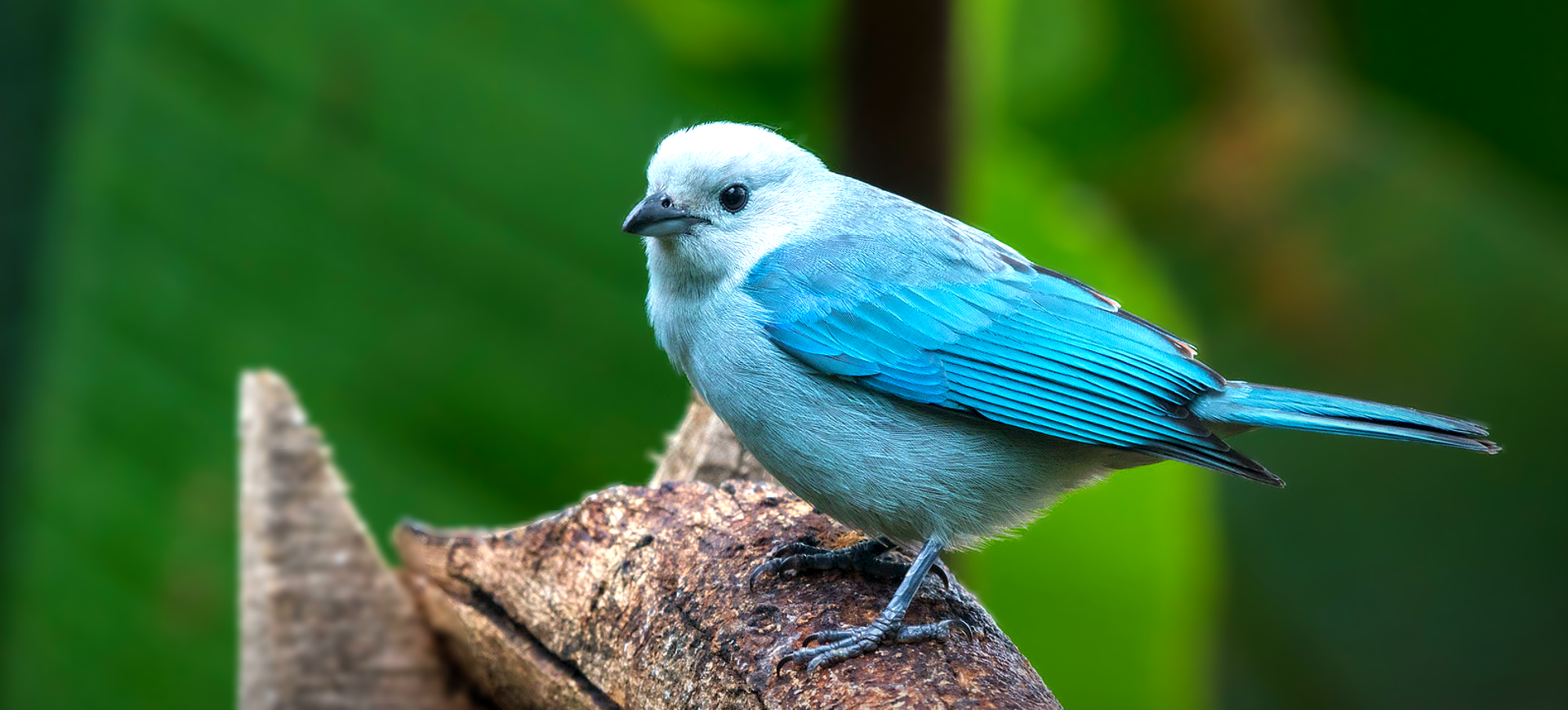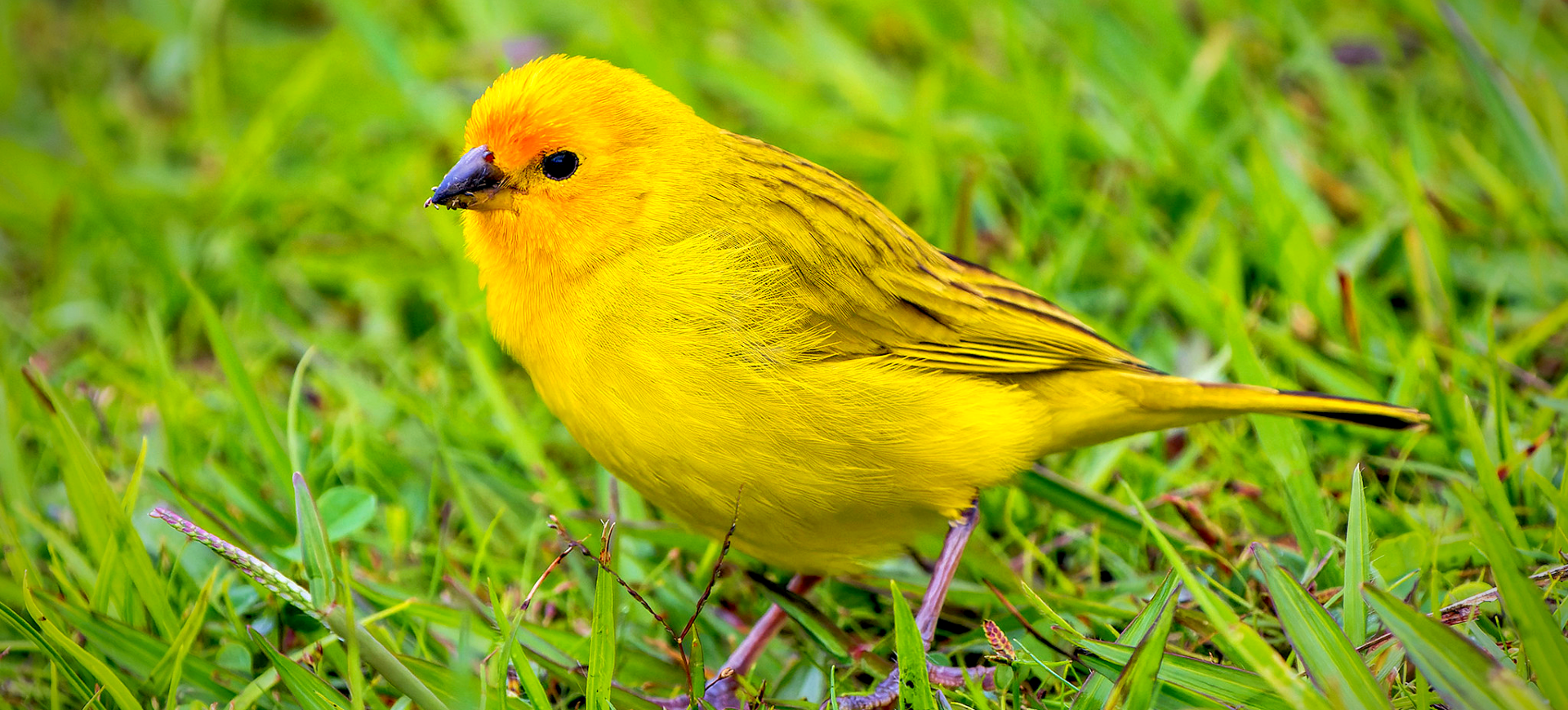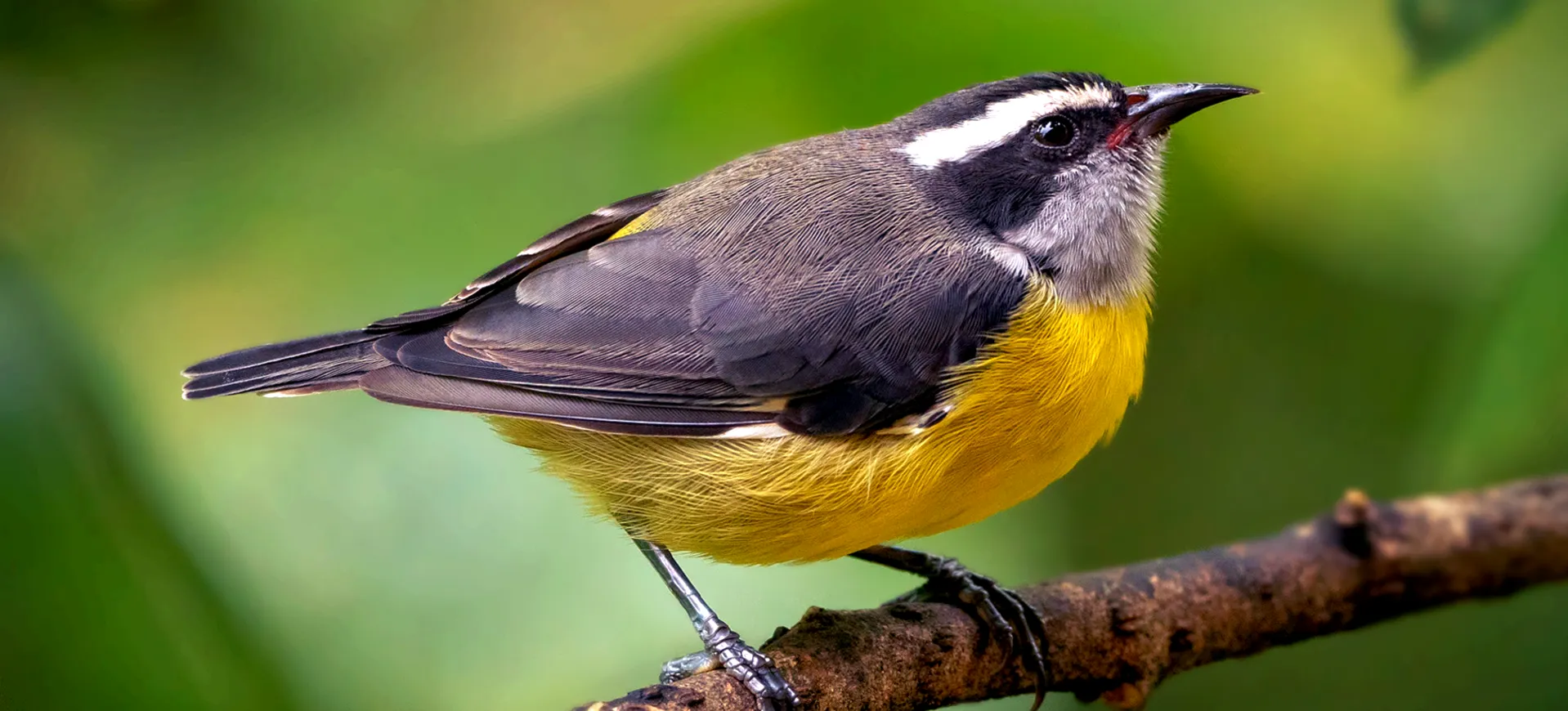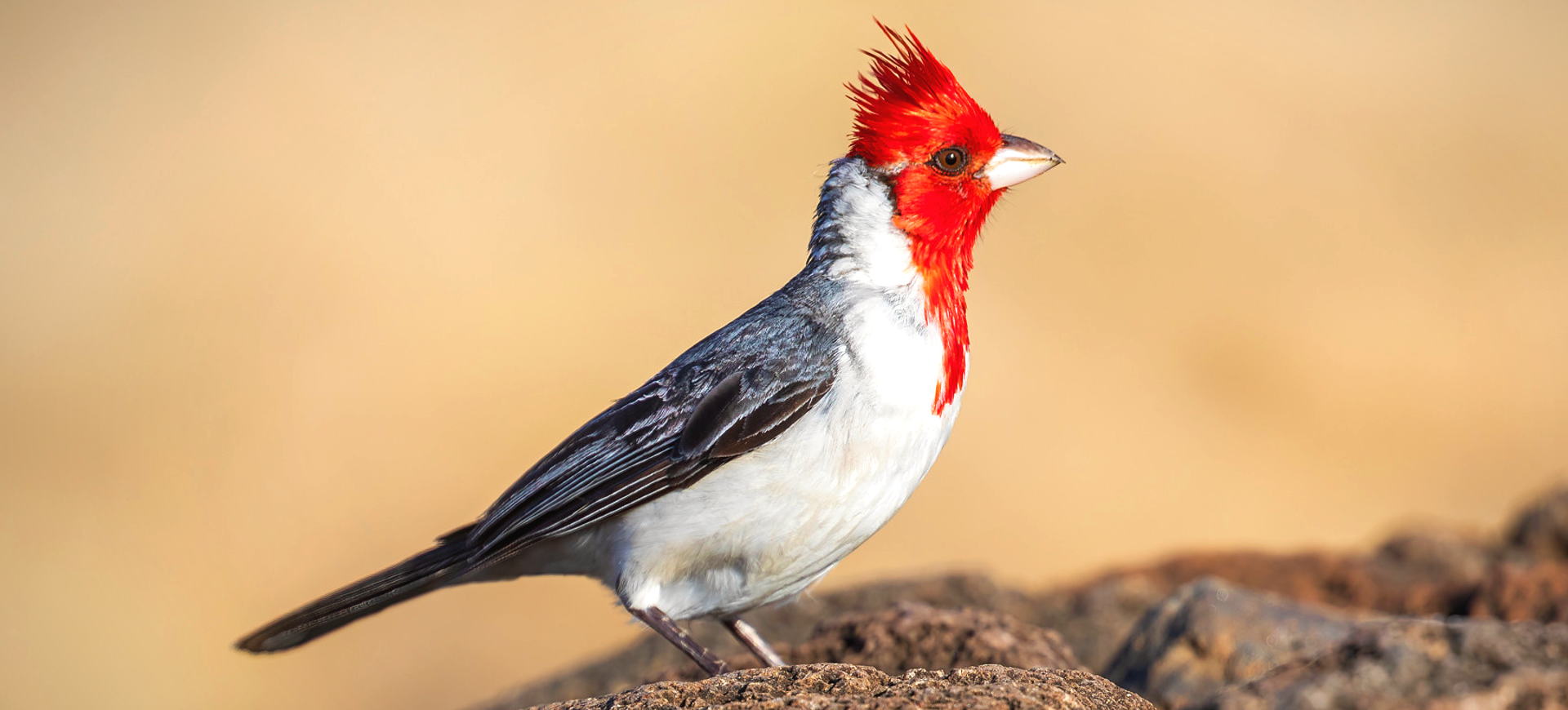Overview
The Bay-headed Tanager, scientifically known as Tangara gyrola, is a strikingly colorful bird native to the tropical regions of Central and South America. Its name derives from the rich chestnut or bay color of its head, which contrasts beautifully with its green and blue plumage. These small yet vibrant birds are part of the Thraupidae family, known for their vivid colors and diverse species. Bay-headed Tanagers inhabit various forested environments, ranging from lowland tropical forests to cloud forests at higher elevations.
The diet of the Bay-headed Tanager primarily consists of fruits and insects, which they forage for in the canopy, often joining mixed-species feeding flocks. Their feeding behavior plays a crucial role in seed dispersal, contributing to the health and regeneration of their habitats. These birds are social, frequently seen in pairs or small groups, and are known for their quiet, twittering calls and songs. Despite their striking appearance, they can be elusive, blending into the vibrant foliage of their tropical forest habitats.
The bay-headed Tanager’s breeding behaviors are less documented than its feeding habits, but like many tanagers, it is believed to construct simple cup nests in which it lays its eggs. The Tanager’s visual appeal and ecological significance make it a fascinating subject for birdwatchers and researchers alike. Its presence indicates a healthy, biodiverse ecosystem, underscoring the importance of conserving the tropical forests it calls home.
Taxonomy
Kingdom
Phylum
Class
Order
Family
Genus
Species
Type
Current distribution:
The Bay-headed Tanager has a broad distribution in Central and South America, spanning from Costa Rica and Panama across northern South America to the western Amazon basin. Despite this wide range, their populations are most commonly found in areas that maintain extensive tracts of primary forest. The species is considered relatively common within its preferred habitats, though local populations can be affected by habitat loss and fragmentation.
Conservation status assessments indicate that the Bay-headed Tanager is not at immediate risk, thanks to its wide distribution and adaptability to various forest habitats. However, the ongoing threats of deforestation and habitat degradation underscore the importance of protective measures to ensure the species' long-term sustainability.
Physical Description:
Bay-headed Tanagers are small, robust birds characterized by their striking coloration. The most notable feature is their namesake bay or chestnut-colored head, which stands out against their greenish-blue body. The intensity of the green and blue hues can vary among individuals and subspecies, with some exhibiting more turquoise or emerald shades on their wings and back. Their underparts are usually a lighter green or blue, creating a beautiful contrast with the darker upper parts.
Both males and females exhibit similar plumage, making it difficult to differentiate by color alone. Juveniles, however, have more muted colors, which become more vibrant as they mature. The birds’ small, stout beaks are perfectly adapted for their frugivorous diet, allowing them to handle fruits and insects efficiently. The Bay-headed Tanager’s vivid plumage makes it one of the most colorful inhabitants of its habitat and provides camouflage among the foliage and flowers of the tropical forests.

Lifespan: Wild: ~10 Years || Captivity: ~15 Years

Weight: Male & Female: 0.5-0.7 oz (14-20 g)

Length: Male & Female: 5.1-5.5 in (13-14 cm)

Wingspan: Male & Female: 6-7 in (15–18 cm)

Top Speed: 30 mph (48 km/h)
Characteristic:
Native Habitat:
Bay-headed Tanagers are found across many tropical habitats, from the humid lowlands to montane forests and even cloud forests at higher elevations. Their distribution extends from Central America through Colombia, Venezuela, and the Guianas down into parts of Ecuador, Peru, and Brazil. These birds favor dense forests with abundant fruiting trees and shrubs, which provide food and nesting sites.
The Bay-headed Tanager’s adaptability to different forest types has allowed it to occupy a broad geographical range. However, it tends to avoid more open landscapes and heavily deforested areas. The preservation of these forest habitats is vital for the Bay-headed Tanager’s survival, emphasizing the need for ongoing conservation efforts to protect these biodiverse ecosystems.
Climate Zones:
Biomes:
WWF Biomes:
Biogeographical Realms:
Continents:
Diet:
Diet & Feeding Habits:
The Bay-headed Tanager’s diet predominantly consists of fruits, berries, and insects, making it an important seed disperser and part of the pest control ecosystem within its range. They are known to forage primarily in the canopy, adeptly moving through the foliage to pluck fruits and catch insects. Their feeding habits often lead them to join mixed-species flocks, where they benefit from the increased foraging opportunities and added protection from predators.
These tanagers are particularly fond of ripe berries and small fruits, which they skillfully pluck with their beaks, sometimes even catching insects in flight. Their preference for certain fruits can influence the composition of their habitats, as the seeds they consume are dispersed throughout the forest. The Bay-headed Tanager’s role in their ecosystem underscores the interconnectedness of species within tropical forests, highlighting the importance of their conservation.
Mating Behavior:
Mating Description:
Information on the breeding habits of the Bay-headed Tanagers is somewhat limited, but they are believed to be monogamous during the breeding season. Nesting typically occurs in dense foliage, where the female constructs a cup-shaped nest from plant materials. These nests are often well-hidden, protecting the eggs and young chicks from potential predators.
Both male and female Bay-headed Tanagers are involved in feeding and caring for their offspring, demonstrating a cooperative approach to parenting. This shared responsibility ensures a higher survival rate for the chicks, reflecting the complex social behaviors of this species. The breeding season varies geographically but is generally aligned with the rainy season, which coincides with abundant food resources.
Reproduction Season:
Birth Type:
Pregnancy Duration:
Female Name:
Male Name:
Baby Name:
Social Structure Description:
Bay-headed Tanagers are social birds, often seen in pairs or small groups and occasionally joining larger mixed-species flocks. This social behavior facilitates foraging and protects from predators. Within these groups, individuals communicate with quiet calls and songs, maintaining contact and coordinating movements through the dense foliage.
The formation of mixed-species flocks, particularly during feeding, underscores the interconnectedness of tropical forest communities, highlighting the role of the Bay-headed Tanager in these dynamic ecosystems. Their social structure and behavior reflect the adaptability and complexity of avian life in tropical forests.
Groups:
Conservation Status:
Population Trend:
The Bay-headed Tanager is classified as Least Concern by the IUCN, reflecting its wide distribution and relatively stable population across its natural range. While specific population numbers are not well-documented, the species is common in areas where suitable habitats remain intact. Conservation efforts are focused on preserving the tropical forests that serve as the Bay-headed Tanager’s habitat, aiming to prevent further habitat loss and degradation.
The main threats to the Bay-headed Tanager include deforestation and habitat fragmentation, which can lead to isolated populations and reduced genetic diversity. Protecting large areas of contiguous forest is essential for maintaining healthy populations of this and other forest-dwelling species. Conservation initiatives that promote sustainable land use and forest protection are crucial for the long-term survival of the Bay-headed Tanager.
Population Threats:
Habitat loss and fragmentation due to agricultural expansion, logging, and urban development represent the primary threats to the Bay-headed Tanager. These activities reduce the availability of suitable habitats, impacting the species’ ability to find food and nesting sites. Additionally, climate change poses a potential threat by altering the ecosystems these birds depend on, potentially affecting food availability and nesting conditions.
Conservation efforts to mitigate these threats are vital for ensuring the continued survival of the Bay-headed Tanager. Protecting the tropical forests of Central and South America is crucial for this species and the overall biodiversity of these regions.
Conservation Efforts:
Conservation initiatives for the Bay-headed Tanager focus on habitat protection and preserving tropical forest ecosystems. Efforts include establishing protected areas, promoting sustainable forestry practices, and engaging local communities in conservation activities. Reforestation and habitat restoration projects also contribute to species conservation, providing additional habitat and connectivity between fragmented forests.
Education and awareness campaigns help to highlight the importance of the Bay-headed Tanager and other forest species, encouraging support for conservation measures. International cooperation is essential for addressing the cross-border challenges of habitat protection, ensuring a collaborative approach to the conservation of this and other tropical bird species.
Additional Resources:
Fun Facts
- Bay-headed Tanagers are known for their stunning plumage, which includes a unique combination of bay, green, and blue colors.
- Thanks to their fruit-based diet, they play a vital role in their ecosystems as seed dispersers.
- These birds can adapt to various altitudes, from lowland tropical forests to higher-elevation cloud forests.
- Bay-headed Tanagers often participate in mixed-species flocks, highlighting their social nature and the collaborative aspect of foraging in the wild.
- Despite their colorful appearance, their plumage provides excellent camouflage in the dappled light of their forest habitats.
- They have a quiet and harmonious call, contributing to the symphony of sounds in their tropical forest home.
- The Bay-headed Tanager is one of the many species of Tanagers, among the most colorful and diverse bird families in the world.
- Conservation efforts for their habitat benefit the Bay-headed Tanager and a wide array of biodiversity within tropical ecosystems.
- Their preference for dense, fruiting vegetation makes them important pollinators for many plant species.
- Observing a Bay-headed teenager in the wild is a prized sighting for birdwatchers due to their striking colors and somewhat elusive nature.


